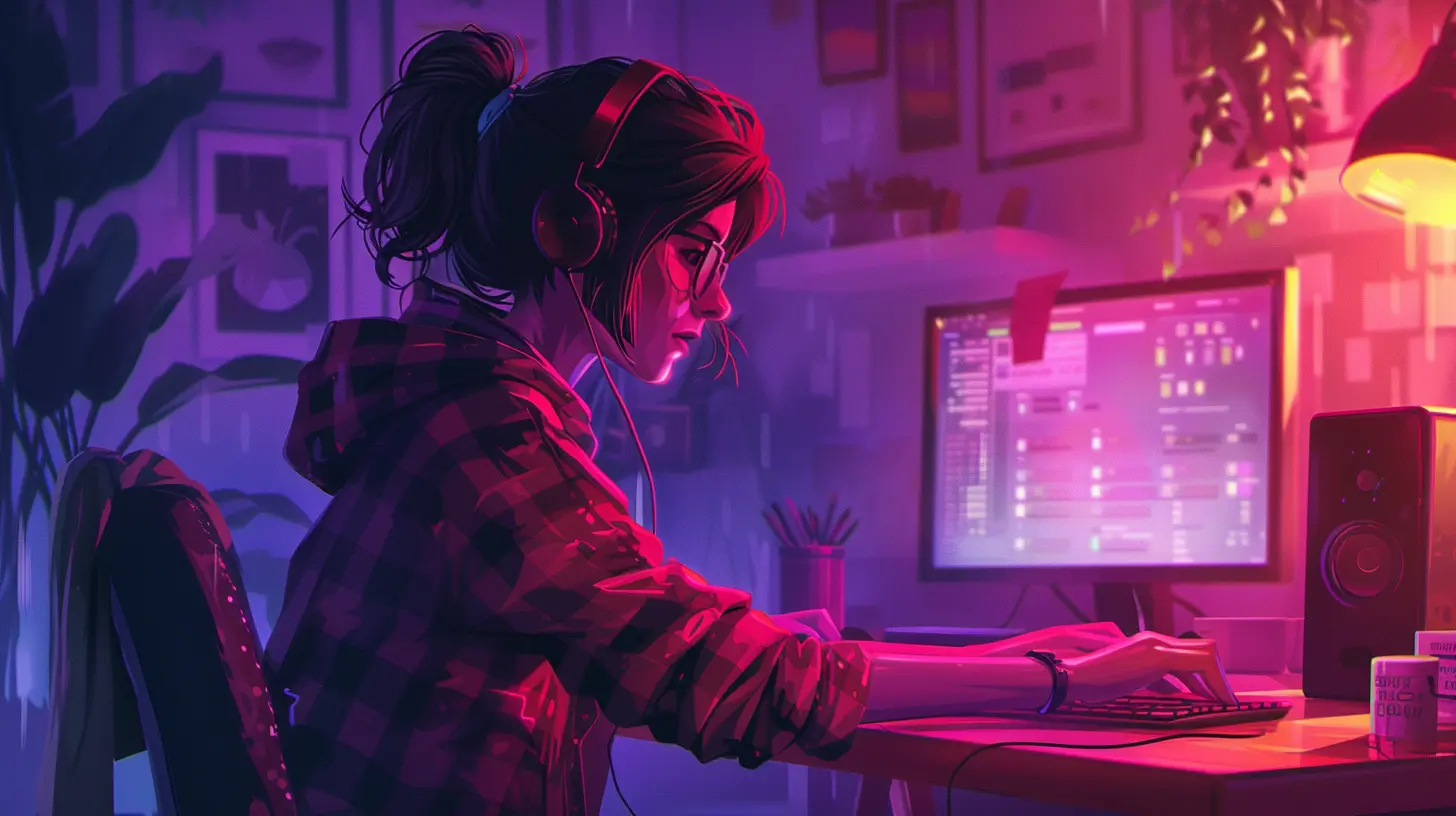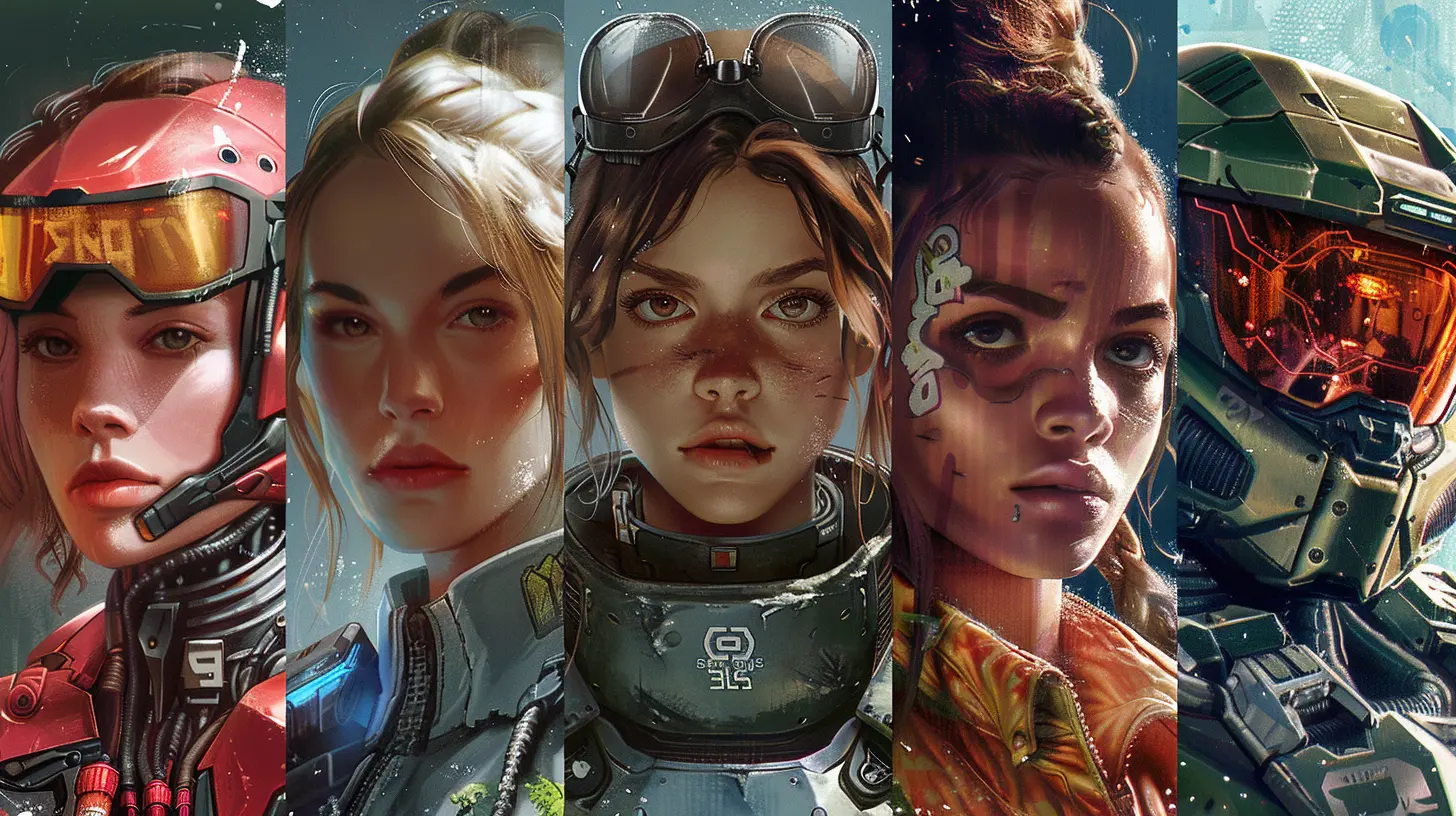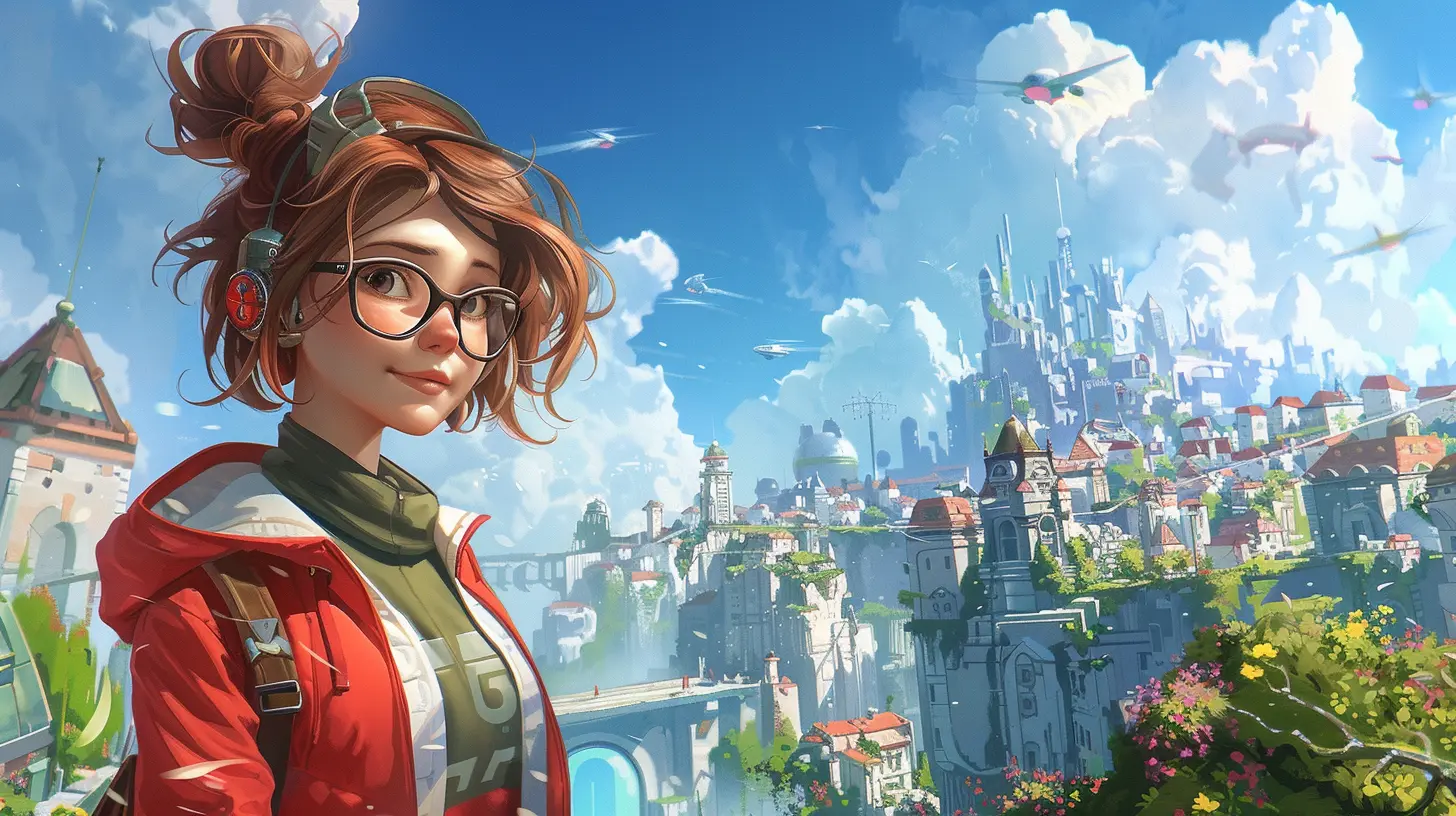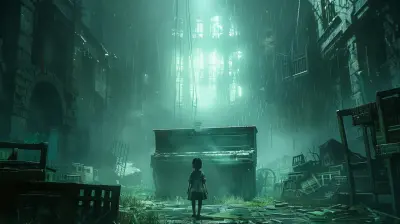How Indie Games Are Breaking Gender Stereotypes
15 August 2025
When it comes to challenging the status quo, indie games are out here tossing the rulebook straight into the pixelated fire. While mainstream gaming still sometimes struggles with diverse, well-rounded characters—especially when it comes to gender—indie developers are making waves. They’re not just changing the game; they’re rewriting the entire narrative.
So, let’s dive into how indie games are breaking gender stereotypes, changing perspectives, and giving players fresh, inclusive experiences that honestly, the gaming world has been craving for years.

What Even Are Gender Stereotypes in Games?
Before we jump into the indie revolution, let’s talk about what’s been broken.Traditionally, games have leaned hard into rigid gender roles. Think about it: how often have you seen female characters designed with little more depth than “she’s hot and in danger”? And dudes? Muscular, emotionless, and always ready to shoot something.
We’ve been stuck in this loop for decades. Female characters often get sidelined into damsel-in-distress roles (hello, Peach), overly sexualized heroes (you know the ones), or shallow token roles. Meanwhile, men are rarely portrayed as vulnerable, emotional, or nurturing—characteristics often wrongly categorized as “unmanly.”
But then came indie games. And they said: "No thanks. We can do better."

Why Indie Games Hold the Key to Change
So, why is it the indie devs who are leading the charge? Simple: freedom.Unlike massive AAA studios, indie developers aren’t shackled by big publishers, rigid marketing goals, or corporate expectations. They can take creative risks, tell personal stories, and experiment with themes that don’t always guarantee a blockbuster return—but do guarantee impact.
In that creative freedom lies the magic.

Rejecting Clichés and Embracing Complexity
Indie games often start out as passion projects. That means the devs behind them are usually telling stories close to their hearts, and that authenticity? You can feel it.Let’s take a look at some standout examples.
1. Celeste – Climbing More Than Just a Mountain
On the surface, Celeste is a tough-as-nails platformer about climbing a mountain. But underneath that is a deeply personal story about Madeline, a young woman grappling with anxiety, self-doubt, and identity.What makes Madeline’s journey so real is that it avoids gendered clichés altogether. She’s strong—not because she’s flawless, but because she keeps going even when everything inside her screams to quit. The game subtly explores themes around transgender identity (a fact later confirmed by the developers), proving that games can handle gender and identity with nuance and heart.
2. Night in the Woods – Real Talk and Raw Emotions
Night in the Woods features Mae Borowski, a college dropout who returns to her small hometown. Mae’s not your typical “strong female character” trope. She’s flawed, uncertain, sarcastic, and relatable.The game portrays mental health, economic hardship, queerness, and gender in ways that feel refreshingly human. Mae isn’t boxed into a stereotype. She’s just... Mae. And that’s the point. Sometimes breaking the stereotype is as simple as creating real people.
3. Gone Home – A Quiet Revolution
Gone Home doesn’t have guns, monsters, or combat—but it does have one of the most intimate, immersive explorations of identity and lesbian love in gaming. You play as Katie, returning home to uncover why your family is mysteriously missing. The heart of the story lies in her sister Sam's coming-of-age and coming-out journey.It was one of the first indie games to feature a non-heteronormative romance at its center without making it feel like a token gesture. No big flashing sign saying, “Look how progressive we are!” Just a quiet, beautifully told story about love and self-discovery.
4. If Found… – Deconstructing Gender and Self
If Found… is another bold indie title that centers on Kasio, a young transgender woman navigating complex relationships and battling societal expectations in 1990s Ireland.This game doesn’t sugarcoat things. It’s raw and emotional. Its sketchbook aesthetic and “erase-to-advance” mechanic mirror Kasio’s own journey of shedding unwanted narratives and reclaiming her identity. It’s real representation—not the performative kind you sometimes see when big publishers try to check boxes.

Representation That Reflects Reality
Let’s be honest: gamers are a wildly diverse crowd, and so are the people making indie games. That’s a good thing.As more women, LGBTQ+ individuals, and marginalized voices enter the indie scene, the stories being told become even more reflective of real-world experiences. You get protagonists who defy gender norms, games that tackle gender fluidity, and narratives that explore non-traditional family dynamics.
And because indie games are often story-driven or character-based, they have more room to let gender identity breathe beyond the superficial.
Gameplay That Challenges Gender Roles
It’s not just about story and characters—some indie games flip gender norms through gameplay too.In games like Undertale, for example, you’re encouraged to empathize rather than fight. The game doesn’t assign gender to its main character, Frisk, which gives players space to project themselves onto the hero. This shifts the focus from “who you are” to “how you treat others.” It subtly teaches that being kind, emotional, and caring—traits still wrongly viewed as “feminine”—are incredibly powerful.
Other titles like Boyfriend Dungeon turn dating sim mechanics on their heads. Here, weapons transform into people you can date, regardless of gender. It’s fun, inclusive, and utterly unapologetic in its queerness.
Breaking the Mold = Building New Worlds
What indie games do so well is world-building. They're not just designing places to explore; they’re creating safe spaces for identity.Rather than just tacking on gender diversity as an afterthought, these games build entire narratives and mechanics around it. That means trans, non-binary, and gender-nonconforming characters don’t just exist—they thrive. Their experiences are central, not sidelined.
Case in point? Games like Dysphoria, which explores the experience of gender dysphoria through symbolic gameplay. Or 2064: Read Only Memories, which features a diverse cast including a non-binary protagonist you can connect with in a cyberpunk setting that mirrors our own social struggles.
The Impact on Players
Representation matters. Full stop.When players see themselves in games—truly see themselves—it's powerful. It validates their experiences, offers new perspectives, and helps challenge long-held beliefs.
For young gamers especially, indie titles represent a safe space to explore and understand gender identity. Whether it’s seeing a non-binary character treated with respect, or watching a strong woman lead her own messy, beautiful story, these games leave a mark.
And let’s not forget the people outside those identities. Indie games allow others to walk in someone else’s shoes, creating empathy the world could seriously use more of.
The Road Ahead
Is everything perfect in indie gaming? Of course not. There’s still work to do. More intersectionality. More cultural specificity. Better accessibility.But indie devs are pushing in the right direction. They’re showing the big studios how it’s done, and they’re doing it without billion-dollar budgets or flashy marketing campaigns. Just pure storytelling and fearless authenticity.
As more players demand better, this shift toward inclusivity won’t just be the exception—it’ll become the norm. Fingers crossed.
How You Can Support the Change
If you’re all about seeing more of this, here’s what you can do:- Play indie games: Simple, right? But it matters. Your support = more visibility.
- Share them: Talk about them online. Recommend them to friends. Write reviews.
- Support devs directly: Use platforms like Itch.io or Patreon when possible.
- Celebrate small wins: Even a tiny character detail can mean the world to someone.
Final Thoughts
Indie games are the rebels, the poets, the quiet revolutionaries of the gaming world. They’re smashing outdated gender stereotypes not with sledgehammers, but with empathy, nuance, and killer storytelling.They remind us that games aren’t just about winning—they’re about understanding. And who says you can’t level up in life while leveling up in-game?
So, next time you fire up your console or scroll through Steam, pay attention to the little guys. They’re not so little after all.
all images in this post were generated using AI tools
Category:
Indie GamesAuthor:

Emery Larsen
Discussion
rate this article
2 comments
Delia McMahan
Indie games redefine norms, showcasing diverse and empowered characters!
December 28, 2025 at 5:04 PM
Everett Sharp
Refreshing perspectives, long overdue!
August 22, 2025 at 3:41 PM

Emery Larsen
Thank you! I'm glad you found the perspectives refreshing. It's time for change!


